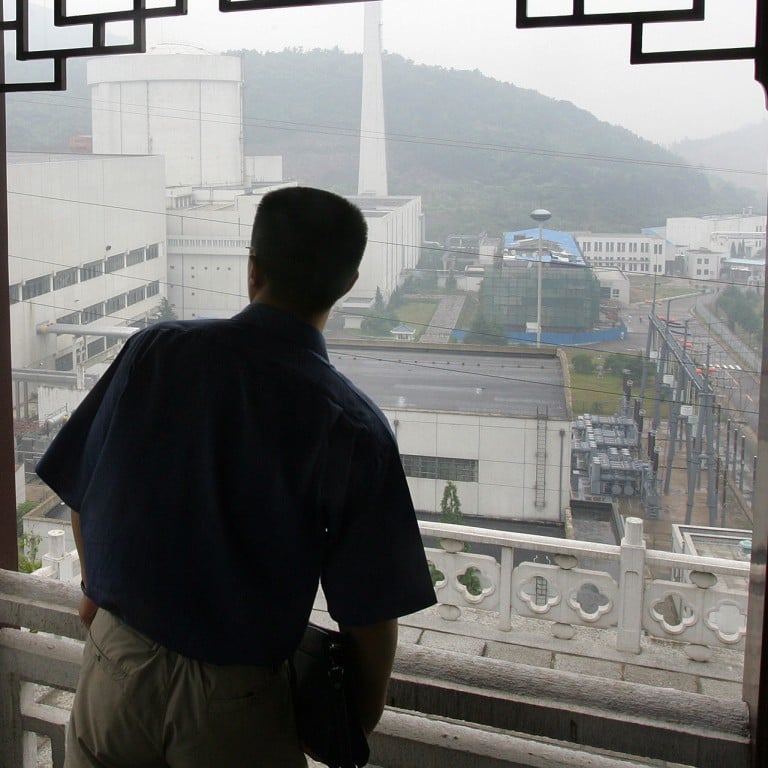
Nuclear power is making a global comeback as governments plan for long-term energy security amid inflated fossil fuel prices and growing power consumption demand pressures against a backdrop of net-zero transition targets. Since early 2022, at least 14 countries have approved nuclear units or announced supportive policies, and Asia is leading the charge.
Of all the nuclear projects under construction globally, 64 per cent are in Asia. Reactors in China, India, South Korea and Japan represent most of the new builds within the region, and there is ample room to grow. In 2019, nuclear represented about 5 per cent of the power mix in Asia – far below Europe, where nuclear generates almost a quarter of the region’s power, or the nearly 20 per cent in the United States.
Nuclear plays a role in decarbonisation as a source of clean energy, with the International Energy Agency forecasting a fourfold increase in annual deployment by 2030 under its net zero scenario. Wind and solar lead the charge in the energy mix of tomorrow, but renewables need to be complemented with dispatchable power. Nuclear power, characterised by high generation stability, is one such candidate to substitute for coal as a base load power supply.
In China, one of the world’s largest producers of renewable energy, regulators have approved 16 new nuclear reactor units in the past year. This translates to an additional aggregated capacity of about 16.5GW, or 231 billion yuan (US$32.4 billion) of investment, according to JPMorgan estimates.
Going forward, the push towards carbon neutrality could see an additional 6-8 new approvals a year through to 2030. China has targeted becoming carbon neutral by 2060, with nuclear power’s share of the energy mix rising from about 5 per cent today to some 25 per cent.
India has also highlighted the key role nuclear power will play in reaching its net zero goal by 2070. Plans are to triple nuclear power generation capacity to 22.48GW by 2031 from the less than 1 per cent it represents in the current energy mix. This suggests a huge expected investment and highlights India’s status as one of the few developing countries to have indigenised technology for nuclear reactors.
The fact India has one of the world’s largest thorium reserves, which can be converted to uranium in the last of a three-stage nuclear programme, provides an additional energy security bonus. This helps reduce the country’s heavy reliance on fossil fuel imports.
However, nuclear is one source of zero-emission energy that divides sustainability-minded investors. Concerns around safety and the environmental implications of radioactive waste have proved a barrier to nuclear roll-out.
Debates around these issues reignited in the wake of the accident at the Fukushima nuclear power station in 2011.
Recently, though, the profile of nuclear energy appears to have come to the fore with both Japan and South Korea reversing long-held strategies to phase out the technology.
Seoul is now seeking a balanced mix of power generation that will include nuclear as well as renewables. Construction on existing nuclear projects has resumed. The government is also considering building new plants, adding to those that were previously approved.
In Japan, the government has said that nuclear energy will play “an important role as a carbon-free baseload energy source in achieving supply stability and carbon neutrality”. In May, the national legislature passed the GX Decarbonisation Power Supply Bill, which includes an extension allowing nuclear power plants to continue operating more than 60 years after coming online.
The law clearly defines the government’s responsibility to use nuclear power plants to ensure a stable supply of electricity and a carbon-free society.
That said, social acceptance of nuclear power remains a key barrier to widespread deployment. The debates and social backlash around the release of waste water from Fukushima earlier this year highlight how influential public opinion can be in driving the debate around nuclear power, and it cannot be ignored.
However, with the inclusion of nuclear into the European taxonomy of green activities last year and its place on similar green lists for South Korea and elsewhere, nuclear power does seem to have moved into more plausible territory.
Hannah L. Lee is head of Asia-Pacific ESG equity research at J.P. Morgan
Alan Hon is J.P. Morgan’s head of Asia power, utilities and renewables research
News Related-
‘I lost everything’: down-on-his-luck man in China conned out of US$278,000 by ‘magnetic master’ who ordered bizarre food rituals to boost fortunes
-
‘Bring it to me’: woman in China barks at ride-hail driver to travel 50km to return phone she left in car for free, triggers online backlash
-
Climate change: water scarcity is fuelling new crises across Asia
-
‘Light in his eyes’: excited China boy, 7, makes meagre exam progress, rewarded with chicken dinner by mother who is praised for parenting style
-
Melissa Barrera, Susan Sarandon face backlash for comments about Middle East Crisis
-
We review 5 of the biggest pieces of gaming tech on sale this Black Friday
-
'Maestro' chronicles the brilliant Bernstein — and his disorderly conduct
-
US$42,000 China romance scammers snared after flying below radar by swindling small amounts out of many men, hoping they would write off loss
-
'Scott Pilgrim Takes Off'—and levels up
-
‘Fines are king’: county in China imposes ‘uncivilised behaviour’ penalty for squatting while eating and not making beds
-
Making the Most Out of Friendsgiving
-
'Leo' is an animated lizard with an SNL sensibility — and the voice of Adam Sandler
-
Native American playwright Larissa FastHorse takes on the 'wild mess' of Thanksgiving
-
A woman reported her son missing in 1995, but it took years to learn his fate
